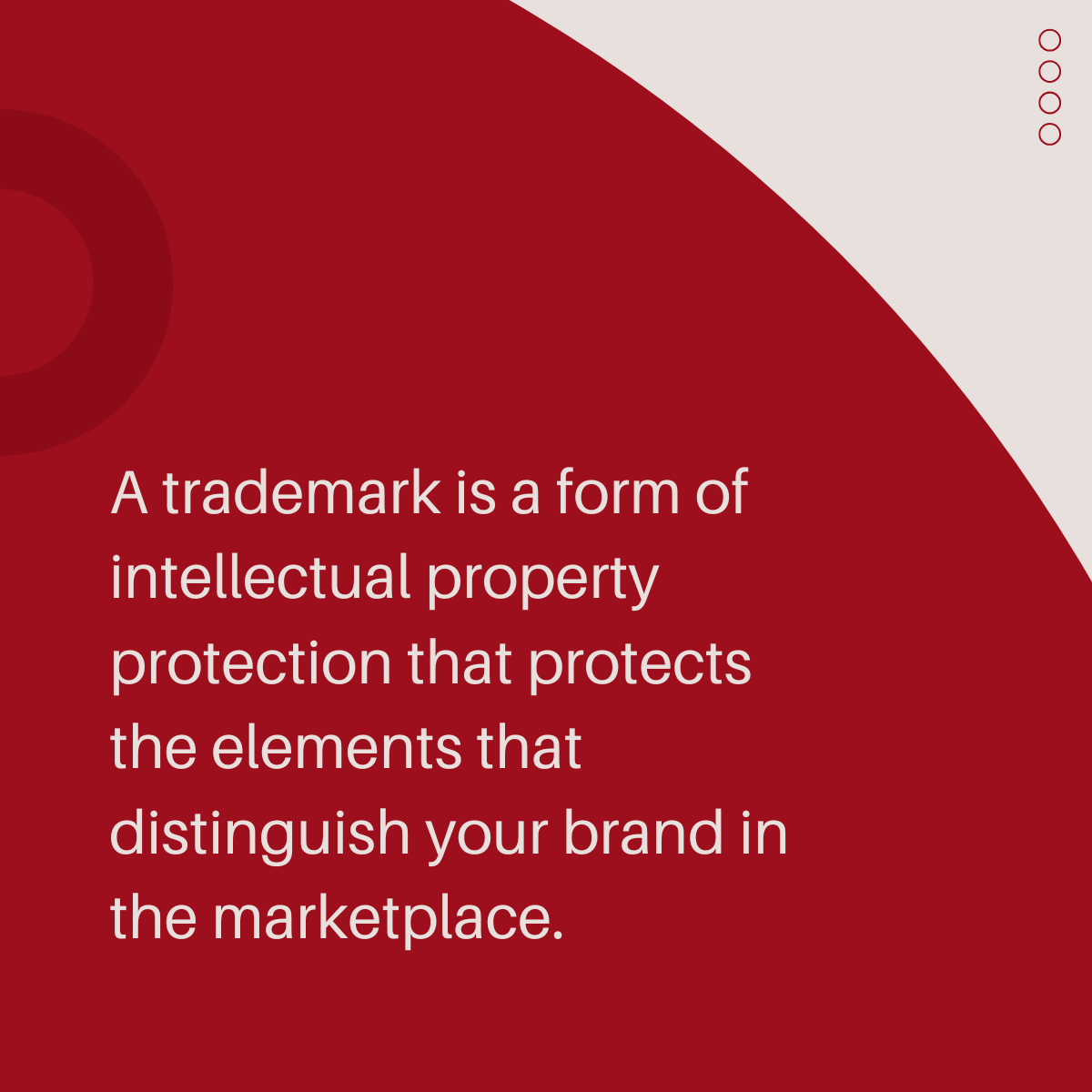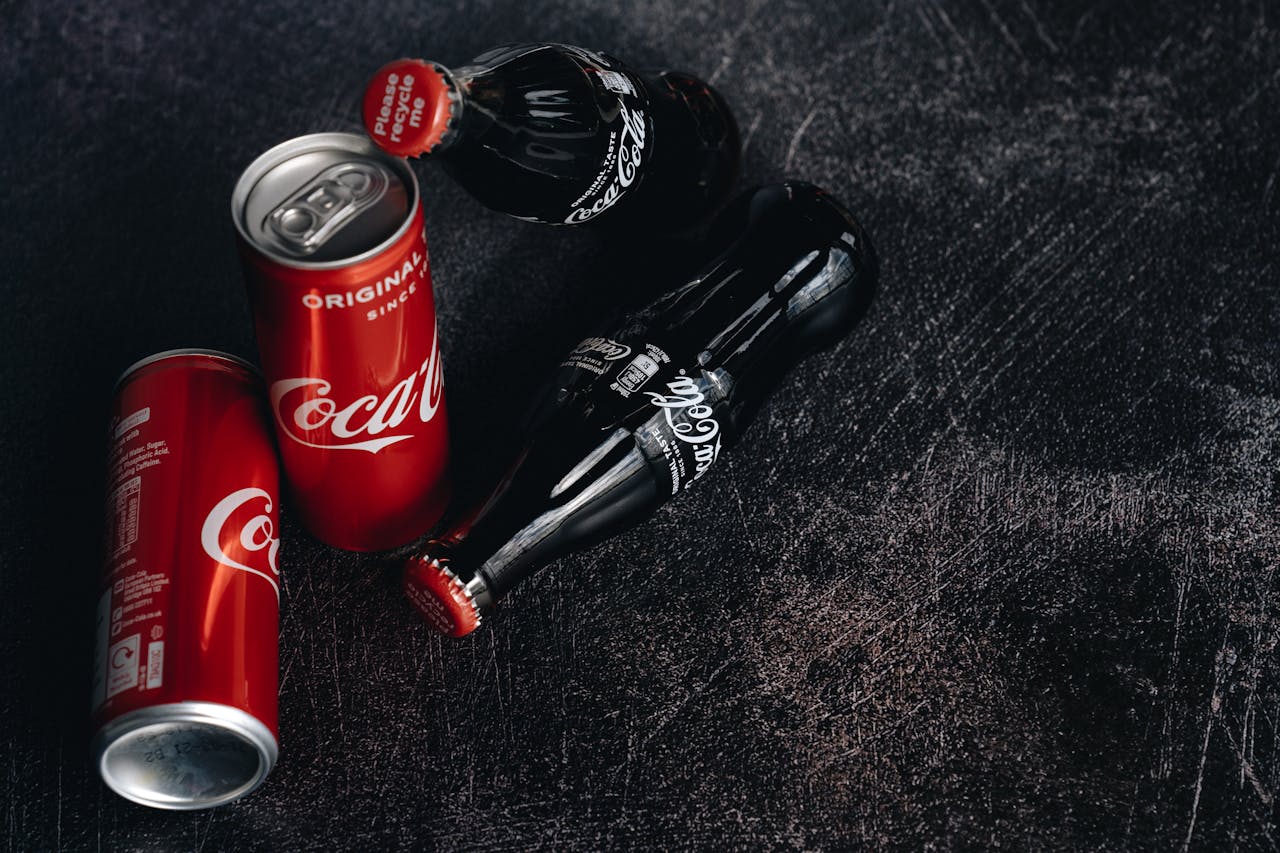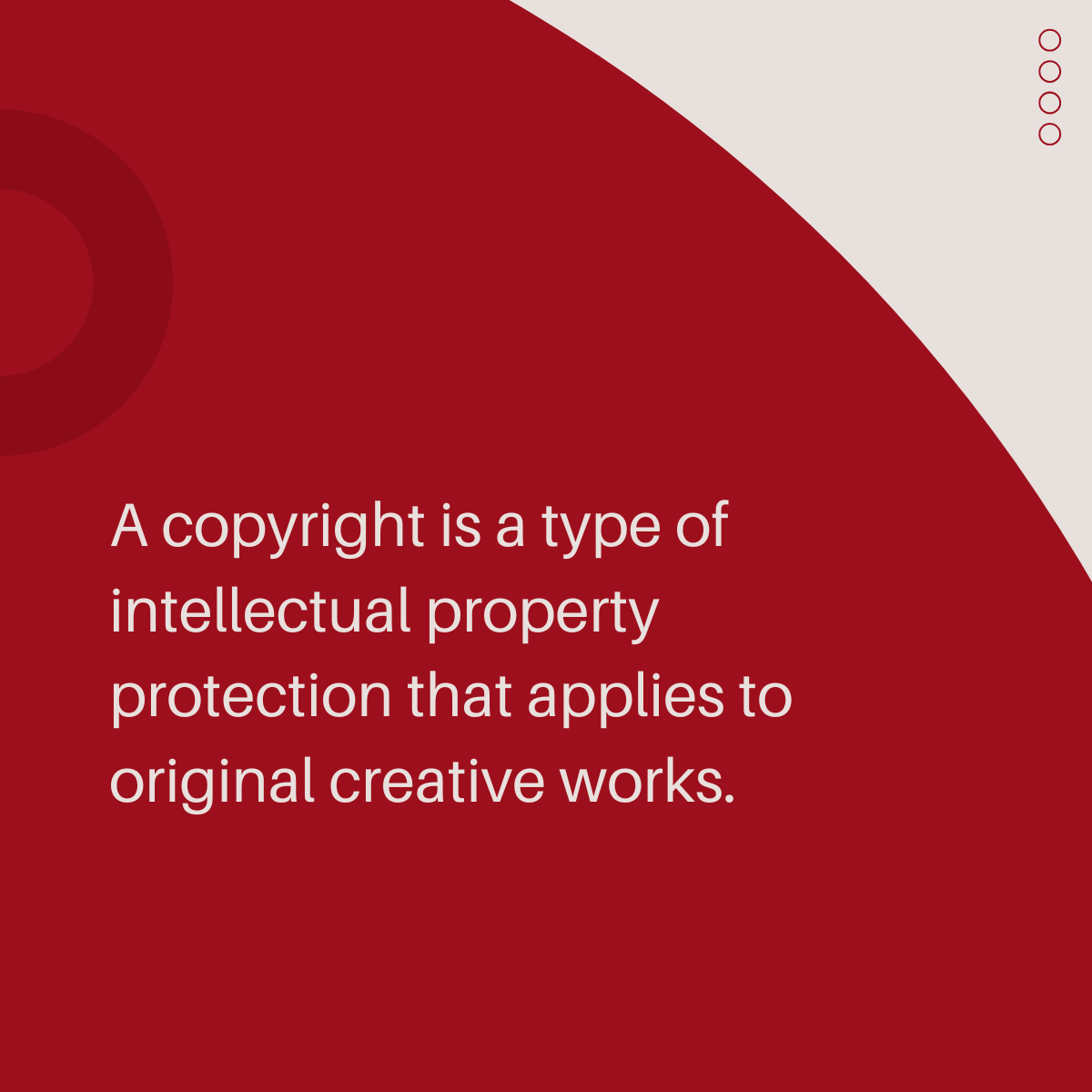
Trademark vs. Copyright: Understanding Intellectual Property Basics
THE INFORMATION INCLUDED IN THIS BLOG POST IS FOR INFORMATIONAL PURPOSES ONLY AND DOES NOT CONSTITUTE ADVERTISING, A SOLICITATION, OR LEGAL ADVICE, AND SHOULD NOT REPLACE YOUR CONSULTATION WITH A LAWYER CONCERNING YOUR PARTICULAR NEEDS.
Trademark vs. copyright—knowing their distinction is essential for protecting your business assets and creative work.
Imagine you’ve just launched a fitness app with never-before-seen features. As your app gains traction, protecting its unique branding and content becomes a top priority.
In the competitive world of innovation, intellectual property protection is a cornerstone of success. Missteps in securing trademarks or copyrights can expose your brand to risks like imitation, revenue loss, or legal disputes. Knowing when and how to use these tools can help safeguard your business’s identity and creative assets.
This blog will identify some of the main differences between a trademark and a copyright, exploring their purposes, protections, and practical applications.
What Is a Trademark?
A trademark is a form of intellectual property protection that protects the elements that distinguish your brand in the marketplace. This includes logos, slogans, brand names, and other identifiers that help consumers recognize your products or services. In essence, trademarks are designed to safeguard your brand’s identity and ensure no one else can legally use similar identifiers that could confuse customers.
For example, if your app has a distinctive logo and tagline, securing a trademark can prevent competitors from using similar designs or phrases. Trademarks can apply to:
- Business names (e.g., your app’s name).
- Logos (e.g., the graphic symbol or design associated with your brand).
- Taglines or slogans (e.g., a memorable phrase representing your brand identity).
How Do Trademarks Work?
Trademarks help establish exclusivity by granting you the right to use specific brand identifiers in connection with your goods or services. This protection prevents others from using similar elements that could dilute your brand or mislead consumers.
While registration is not mandatory, federally registering your trademark through the United States Patent and Trademark Office (USPTO) provides stronger legal protections, such as the ability to enforce your rights nationwide.
Key Considerations for Trademarks
- Scope of Protection: Trademarks protect brand elements, not the product or service itself.
- Duration: Trademark protection can last indefinitely as long as the trademark is actively used and renewed.
- Common Misconceptions: Trademarks do not protect creative works, such as videos or written content; this falls under copyright protection.

What Is a Copyright?
A copyright is a type of intellectual property protection that applies to original creative works. It grants the creator exclusive rights to reproduce, distribute, display, or perform their work. Unlike trademarks, which focus on branding, copyrights protect the actual content and expression of ideas.
For example, if your app includes an original promotional video, unique written content, or custom music, copyright ensures that these elements cannot be used or duplicated by others without your permission. Copyright protection applies to a wide range of creative works, such as:
- Written content (e.g., blogs, app descriptions, or user manuals).
- Visual content (e.g., videos, photographs, and graphics).
- Audio content (e.g., original soundtracks or podcasts).
- Software code (e.g., the underlying programming of your app).
How Do Copyrights Work?
Copyright protection is automatic the moment an original work is created and fixed in a tangible medium (e.g., written down, recorded, or digitized). While registration with the U.S. Copyright Office is not required to hold copyright, registering your work provides additional benefits, such as the ability to file lawsuits for statutory damages in the event of infringement.
Key Considerations for Copyrights
- Scope of Protection: Copyright protects the specific expression of an idea (e.g., the text, images, or sound), not the idea itself. For instance, a concept for an app cannot be copyrighted, but the design and written content can.
- Duration: Copyright protection generally lasts for the life of the creator plus 70 years. For works created by companies, it typically lasts 95 years from publication.
- Common Misconceptions: Copyright does not protect brand elements like logos or slogans. These are typically covered under trademark laws.
Copyright is a powerful tool for safeguarding creative works, ensuring that your original content remains uniquely yours. If you’re unsure whether your work qualifies for copyright protection, it’s always a good idea to consult an attorney for clarity.
Key Differences Between Trademarks and Copyrights
While both trademarks and copyrights are forms of intellectual property protection, they serve distinct purposes and cover different types of assets. Here’s a closer look at the key differences between a trademark and a copyright:
1. What They Protect
- Trademarks: Protect brand identifiers such as names, logos, and slogans that distinguish goods or services in the marketplace.
- Example: The logo and tagline for your app.
- Copyrights: Protect original creative works like written content, videos, music, or software code.
- Example: The promotional video and user interface design of your app.
2. Purpose
- Trademarks: Ensure that consumers can identify the source of goods or services and prevent competitors from using similar branding that could cause confusion.
- Copyrights: Protect the creator’s rights to reproduce, distribute, and display their original works, preventing unauthorized use or duplication.
3. Duration of Protection
- Trademarks: Can last indefinitely as long as they are actively used in commerce and properly renewed.
- Copyrights: Typically last for the life of the creator plus 70 years, or 95 years from publication for works created by a company.
4. Registration
- Trademarks: Registration with the United States Patent and Trademark Office (USPTO) is recommended but not mandatory. Federal registration provides stronger legal protection and nationwide enforcement.
- Copyrights: Copyright protection is automatic upon creation but can be registered with the U.S. Copyright Office for additional benefits, such as the ability to claim statutory damages in court.
5. Common Applications
- Trademarks: Used by businesses to protect brand elements like logos, product names, and taglines.
- Example: Your app’s name and logo are protected under trademark laws.
- Copyrights: Applied to creative works like text, music, visual designs, and software code.
- Example: The original graphics and promotional content for your app fall under copyright protection.
6. Legal Protection
- Trademarks: Focus on preventing consumer confusion and ensuring fair competition in the marketplace.
- Copyrights: Protect the creative expression of ideas, granting exclusive rights to the creator.

When Do You Need a Trademark or Copyright?
Knowing when to apply for a trademark or copyright depends on the type of intellectual property you’re trying to protect and how it will be used. Here’s a guide to help you understand when each type of protection might be necessary:
1. When to Use a Trademark
You should consider a trademark if:
- You’re establishing a brand: If your business relies on a unique name, logo, or tagline to differentiate itself, a trademark ensures no one else can use a similar identifier.
- You want to prevent consumer confusion: A trademark ensures customers can clearly identify your goods or services without mistaking them for a competitor’s.
- You plan to expand your business: If your app or product is poised for growth, a trademark offers broader protections, especially if you register federally with the USPTO.
2. When to Use a Copyright
A copyright is necessary if:
- You’ve created original content: Any text, music, video, or artwork associated with your business or product can be protected under copyright.
- Example: Copyrighting the promotional video, user interface design, or music track created for your app.
- You want to protect the expression of an idea: While ideas themselves aren’t copyrightable, the specific way they’re expressed—such as through writing, design, or visuals—can be.
- You’re producing software or digital content: If your app includes original code, a copyright ensures that the code cannot legally be copied or reused without permission.
3. When You May Need Both
In many cases, trademarks and copyrights work together to provide comprehensive protection:
- Example: For your app, you might trademark the name and logo while copyrighting the promotional video, user interface design, and software code.

Protect Your Business Rights: Contact us Today
Trademarks and copyrights are two powerful tools for protecting your business and creative assets. Trademarks safeguard your brand identity, while copyrights protect the content you create. Both are essential for ensuring the long-term success and security of your intellectual property.
If you’re unsure about the best way to protect your intellectual property, our experienced attorneys at DMAB can provide thoughtful consultations to help you make the best decision concerning your particular and unique needs. Call us at (858) 330-2898 to schedule a consultation and let our expertise work for you!
